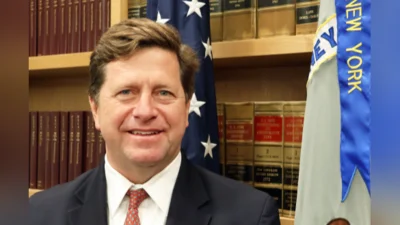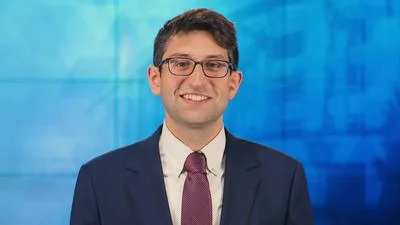The United States Attorney's Office announced that DACOTA ROGERS, 21, of Butte, was sentenced on Feb. 21, 2014, in the federal courtroom in Butte, by Senior U.S. District Judge Sam Haddon, to 224 months in prison followed by 3 years supervised release in connection with a guilty plea to Distribution of Fentanyl.
In an Offer of Proof filed by Assistant U.S. Attorney Bryan Whittaker, the government advised the Court that on December 8, 2013, Butte-Silverbow law enforcement officers were called to 828 West Park Street in relation to a male who was not breathing and unresponsive. Upon arrival at the scene they found Kara Spaabeck attempting to do CPR on Mark Phillip Allen. Allen was then transported to St. James Hospital, but emergency personnel were unable to revive Allen. During the drive from Allen's house to the Hospital, Spaabeck stated that she believed that Allen had been smoking fentanyl. She said she had been told this by Miles Muretta who had been with Allen earlier in the night.
Spaabeck turned over a cellular telephone she stated belonged to Allen. Officers reviewed the phone to determine ownership and next of kin, etc., when they discovered text messages that appeared to be drug related. One of the texts was from Muretta who in his text stated that whatever Allen had taken had caused him to start to drool immediately.
A short while later, the phone given began to ring. The officers answered the phone and the caller identified himself as Muretta. During the conversation, Muretta stated that he had been at Allen's house at 0148 hours and had placed Allen's head on a pillow because he had been snoring.
Officers later searched Allen's house and found fentanyl patches and drug paraphernalia. Fentanyl is a potent, synthetic opioid analgesic with a rapid onset and short duration, creating an intense "high". It is a highly addictive drug considered 100 times more potent than morphine. Fentanyl skin patches are used to control moderate to severe chronic (around-the-clock, long-lasting) pain that cannot be controlled by the use of other pain medications in people who have become tolerant (used to the effects of the medication) to other narcotic pain medications.
Officers interviewed Muretta wherein he stated that he had been with Allen the night he died. He said that Allen had been attempting to buy drugs and was able to make contact with a dealer identified as Dacota Rogers. Rogers had come to Allen's house while Murretta was present and sold Allen a Fentanyl patch for $35.00. Allen paid Rogers $10.00 dollars in cash, and then gave Rogers his debit card to go to an ATM to withdraw the other $25.00 dollars he owed for the patch.
Following the interview, officers contacted Allen's father who gave them bank account information relating to Allen's bank account. With that information, officer's found an ATM video showing Rogers withdrawing money from Allen's account the night of his death.
Investigators then conducted an interview with Rogers. After being advised of his Miranda rights, Rogers told investigators that he had in fact sold Allen the Fentanyl patch and had shown him how to ingest it. Rogers further stated that he had received money from Allen for the patch and had used Allen's ATM card to get the money from Allen's account.
The government would introduce evidence and testimony that Fentanyl is Schedule II controlled substance.
Dr. Gary E. Dale, a State Medical Examiner, performed a postmortem examination of Allen. Dr. Dale's examination revealed that there were toxic levels of fentanyl in Allen's body at the time of death. Dr. Dale concluded that Allen died as a result of fentanyl toxicity.
The investigation was conducted by the Drug Enforcement Administration and Butte-Silver Bow Law Enforcement.
Source: U.S. Department of Justice, Office of the United States Attorneys








